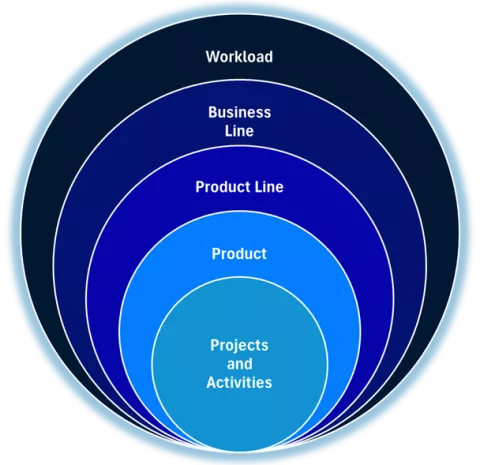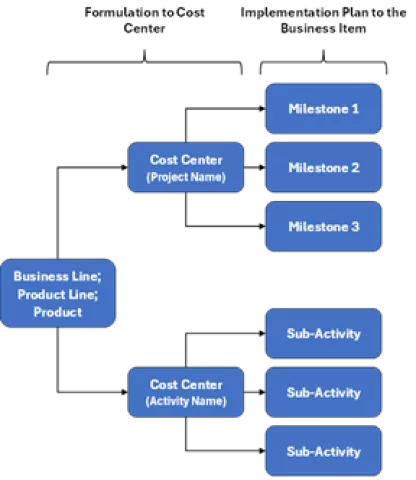Agency Project Management Initiative
On this page:
Overview of the Agency Project Management Initiative (APMI)
The Agency Project Management Initiative (APMI) is a forward-looking, data-driven effort at the NRC designed to modernize how the agency manages projects, workload, and workforce alignment. The initiative emerged as a critical response to increasing workloads and the imperative to efficiently use NRC’s human and financial resources while ensuring alignment with safety, security, and budget priorities. Powered by the NRC Enterprise eXecution and Utilization System (NEXUS), APMI enables a data-driven approach to planning, executing, and aligning agency work with mission priorities.
APMI is fundamentally about integrating project management, workload management, program management, and strategic workforce planning. It fosters a cultural shift toward disciplined, transparent, and accountable business practices that leverage data as a core asset rather than a byproduct. APMI aligns tightly with broader mandates from the ADVANCE Act, Executive Orders, and the agency’s strategic goals.
The initiative’s core design focuses on:
- Enterprise-wide visibility into all projects and managed activities.
- Alignment with budget formulation and execution, ensuring resources follow approved priorities.
- Application of project management discipline to all agency work efforts.
- Use of dashboards and tools for tracking, accountability, and workforce agility.
- Integration of performance objectives at all levels to tie project output and outcomes directly to individual accountability.
Key Items Within the Initiative

APMI sets clear expectations on workload management and uses business process discipline to ensure timely and efficient completion of projects and activities. This focus:
- Requires discipline in defining and scoping projects.
- Helps ensure staff effort aligns with approved, prioritized, and trackable work.
- Reduces the risk of time being consumed by low-value or tangential activities.
- Provides transparency into how resources are used and where capacity exists for cross-agency assignments.

APMI mandates a standard set of minimum required data fields for every project and managed activity. This structured data ensures consistency, comparability, and the ability to aggregate and analyze information across all NRC offices, supporting reliable forecasting, trend analysis, and resourcing decisions.

The initiative integrates specialties as a critical element of project and workforce management. Each employee is linked to one or more specialties based on their qualifications, experience, and training. These specialties are mapped to projects and managed activities; position; qualification programs; and hiring needs.
This mapping enables the NRC to identify the right people for the right work, whether for internal reassignment or external hiring, ensuring mission-critical projects have the appropriate technical expertise.

APMI links project and workload planning directly with budget formulation and budget execution. The initiative ensures:
- Projects and managed activities align with approved budget priorities.
- Resources can be shifted responsively using the Add, Shed, Defer process.
- Transparent tracking of planned vs. actual labor hours for continuous performance monitoring.
- Visibility into spending, enabling tighter cost management and justification for resource use.

APMI relies on comprehensive, unified employee profiles that include qualifications and certifications; specialties; experience; and major contributions. These profiles help supervisors and project managers match employees to projects effectively, support knowledge transfer, and enable cross-qualification and mobility. They reduce reliance on informal networks or anecdotal knowledge about staff capabilities.

The initiative centralizes and standardizes the management of qualification programs across the agency. Key features include:
- A governance framework to define program standards and responsibilities.
- Centralized visibility of qualified staff to aid in surge staffing and succession planning.
- Cross-qualification training strategies that focus on filling gaps between similar programs, reducing redundant effort.
- Automated tracking of proficiency timelines and refresher training to maintain workforce readiness.
Page Last Reviewed/Updated Thursday, August 14, 2025
Page Last Reviewed/Updated Thursday, August 14, 2025

